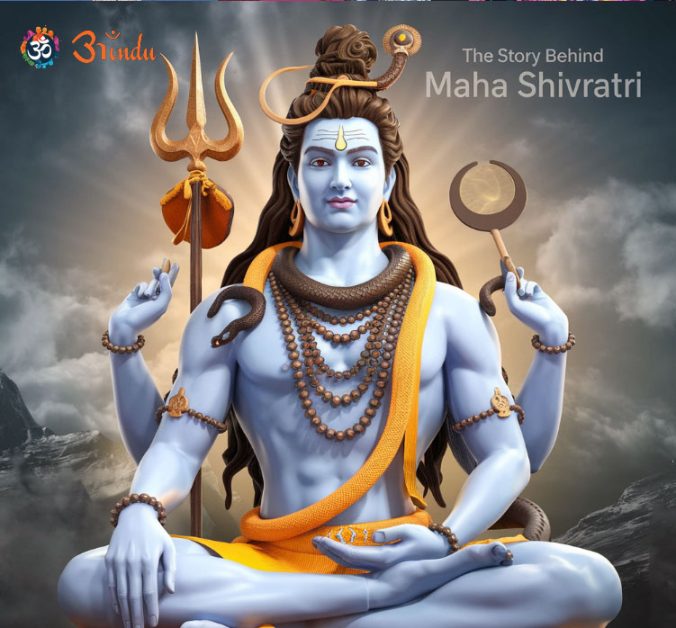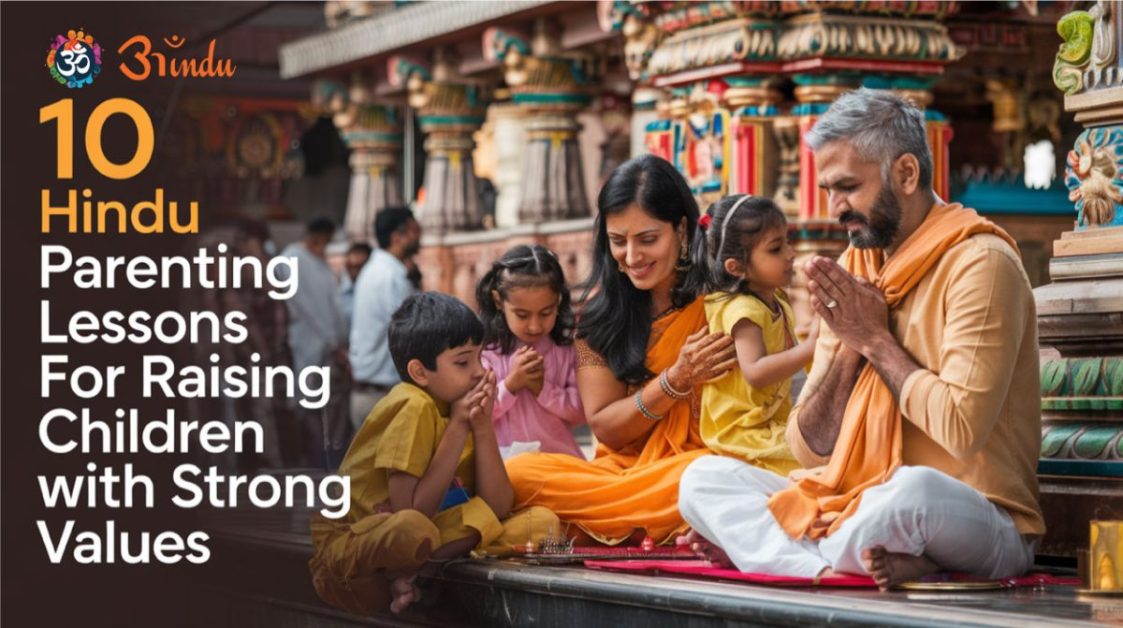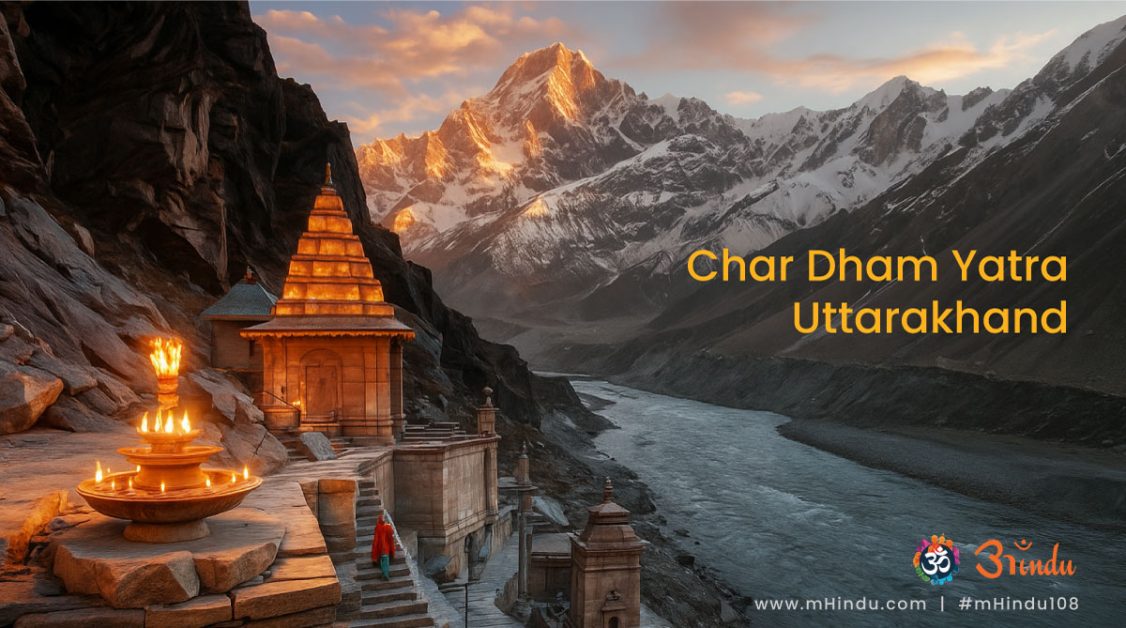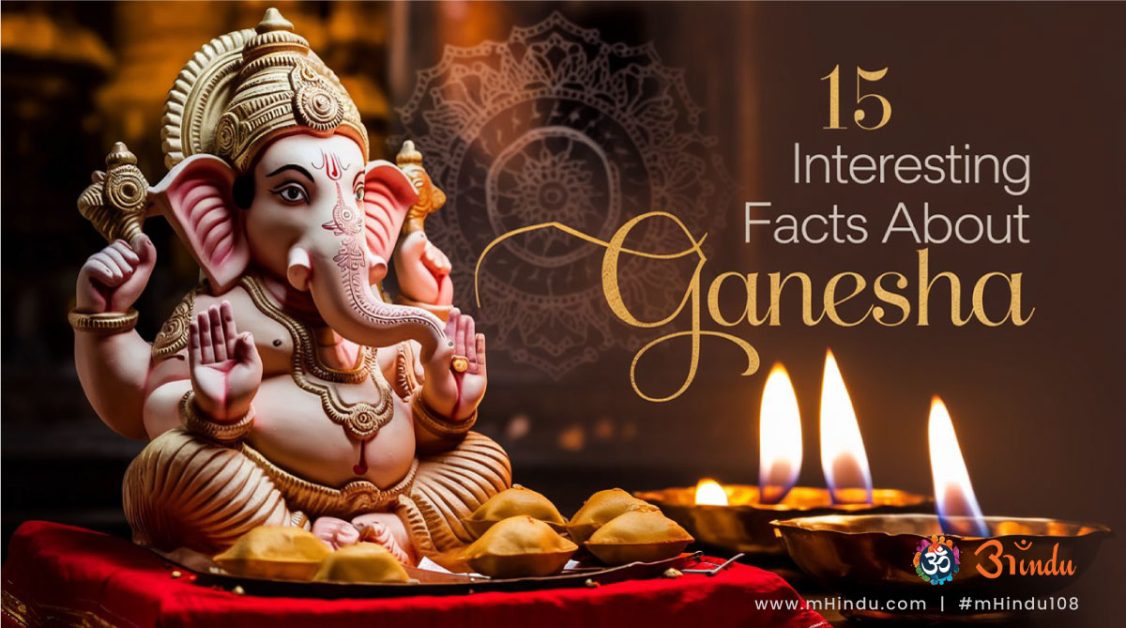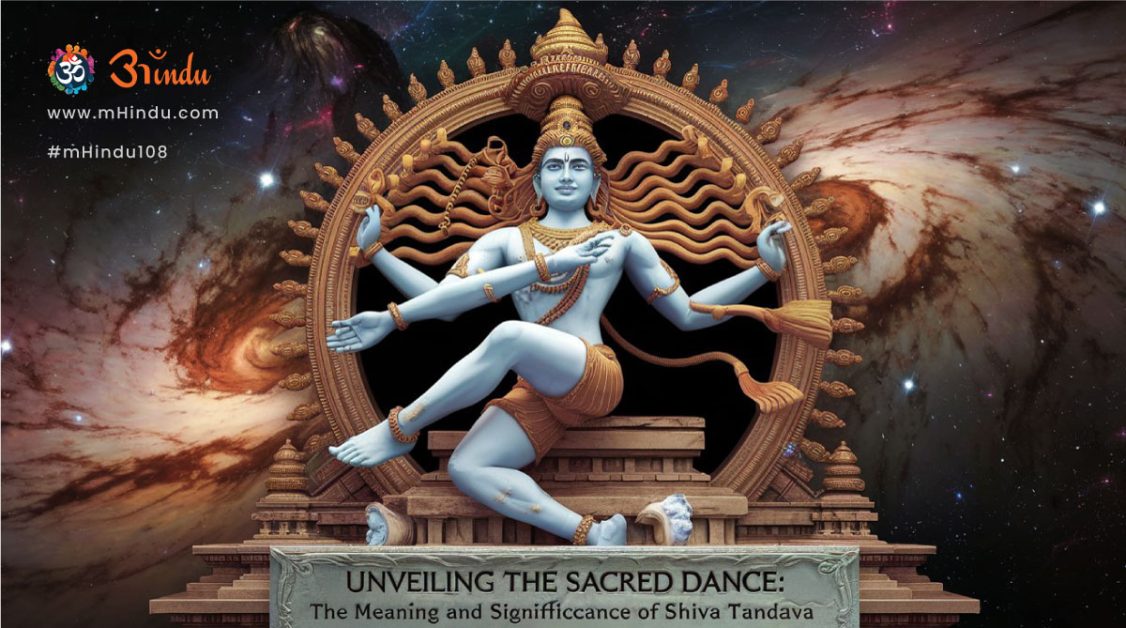Introduction: The Fabric That Carries a Civilization
In every fold of an Indian saree, there’s a story. A whisper from history. A trace of the divine. A symbol of strength. The saree is not just clothing; it’s an expression — of identity, of dharma, of culture — and has draped the dignity of Indian women for thousands of years.
Explore Blog Content
ToggleWhether it’s the regal Kanjeevaram from Tamil Nadu, the poetic Paithani from Maharashtra, or the sacred Banarasi from Varanasi, the six yard saree is an emblem of timeless grace. But it is also more than grace — it is resistance, it is rootedness, it is a ritual passed from mother to daughter, generation to generation.
“Vastraṁ na kevalam sharirāchādanaṁ, api tu maryādā, sanskāra, aur ātmā ka pratibimb hai.”
(Clothing is not just bodily covering, but a reflection of decorum, tradition, and soul.)
As per Sanatan Dharma, clothing has always carried symbolic meaning. In the Mahabharata, Draupadi’s endless saree became a divine intervention — a testimony that dharma will always protect the righteous. In the Ramayana, Sita’s attire is described not just in its fabric, but in its shauch (purity) and bhav (emotion).
Today, as India moves forward in modernity, the saree still stands — not as nostalgia, but as a cultural roar, stitched in six yards of resilience, elegance, and rootedness. Let us begin this journey — across centuries, across regions, and into the soul of the saree.
Ancient Threads: The Historical Origins of the Indian Saree
Historians trace the roots of the Indian saree back to the Indus Valley Civilization (circa 2800–1800 BCE). Archaeological evidence including sculptures and terracotta figurines show women draped in garments remarkably similar to the saree — unstitched, pleated, and elegant.
What is the origin of the saree in India?
The word sari comes from the Sanskrit word śātika, which means “strip of cloth.” Ancient Vedic texts describe clothing styles that closely resemble what we now call the saree. Unlike stitched garments that arrived with invasions, the saree evolved indigenously — rooted in prakriti (nature) and parampara (tradition).
In the Rigveda, the attire of women is spoken of with sacred significance — “nivi,” “vasa,” and “adhivasa” denote various parts of unstitched drapes worn by women, symbolizing purity and simplicity.
“Yatra naryastu pujyante ramante tatra devatah”
(Manusmriti 3.56)
Translation: Where women are honored, there the gods dwell.
The saree became the visual representation of this honor — a sacred veil of dignity that walked through the ashrams of sages and palaces of queens alike.
Why has the saree remained unchanged for thousands of years?
Because the saree is not fashion — it is philosophy. Unlike Western clothing bound by seasonal trends, the saree adapts to body, region, and ritual. It transforms without losing its essence. A girl may wear a saree at her wedding, her mother’s funeral, a temple visit, or a national ceremony — and each time, it means something sacred and different.
The saree, thus, survived colonialism, consumerism, and capitalism — not by resistance but by graceful relevance. And that, in itself, is Sanatan.
The Regional Tapestry: Diverse Traditional Saree Styles Across India
Each state of India has its own saree story. Every motif, border, weave, and drape reveals the socio-cultural fabric of its people. While the six-yard base remains, it becomes a living canvas — painted by climate, occupation, faith, and feminine identity.
What are some of the most iconic regional saree styles in India?
- Kanjeevaram (Tamil Nadu): Rich, temple-inspired motifs and vibrant gold-threaded silk. Associated with Devi worship and South Indian weddings.
- Banarasi (Uttar Pradesh): Opulent zari work, Mughal-inspired patterns, sacred lotus motifs. A staple in North Indian bridal wear.
- Paithani (Maharashtra): Peacock and floral borders, handwoven with real gold threads. A symbol of royalty and Shakti.
- Sambalpuri (Odisha): Woven with geometric and ikat patterns. Eco-friendly and deeply spiritual.
- Muga Silk (Assam): Naturally golden silk, durable and dignified — often worn for cultural rituals.
- Chanderi (Madhya Pradesh): Lightweight, sheer, and symbolically graceful. Popular during festivals and classical dance.
Each of these traditional saree styles represents more than craft — they are intergenerational offerings. Grandmothers gift sarees as blessings, invoking protection and prosperity through these sacred fabrics.
Why do Indian women feel emotionally connected to sarees?
Because a saree isn’t just bought — it’s bestowed. It’s the saree your mother wore on her wedding day. The one you draped nervously on Saraswati Puja. The one that soaked in your tears after a farewell or clung to your smile at your baby’s naming ceremony.
“Mātṛdevo bhava, Pitr̥devo bhava.”
(Taittiriya Upanishad)
Translation: Treat your mother and father as divine.
Indian women often keep sarees gifted by their mothers as emotional time capsules. Each fold remembers her scent, her hands, her voice. The saree becomes her eternal blessing, binding womanhood with memory and emotion.
Symbolism and Spirituality: The Saree in Sanatan Dharma
In Sanatan Dharma, what you wear is an extension of your inner state of consciousness. The Indian saree is not merely attire but a spiritual discipline, a dharmic symbol, and a form of sattvic expression — clean, graceful, and aligned with purity of thought.
What does Sanatan Dharma teach about traditional clothing like the saree?
In Hindu tradition, clothing reflects sanskriti (culture) and samskara (refinement). The saree, being unstitched, is considered pure, especially for sacred occasions and temple rituals. Texts like the Manusmriti and Grhya Sutras describe unstitched garments as ideal for puja, vrata, and yagna.
Women performing rituals often wear white or yellow sarees — colors denoting peace and devotion. Widows wear plain white sarees, representing detachment. Married women wear red sarees during weddings to invoke Shakti (power) and auspiciousness.
“Shubhravastra dhārayet yajñe.”
(Smriti Texts)
Translation: During sacred rites, wear unstitched white garments.
Thus, in dharmic life, the saree becomes a gateway to inner sattva (balance).
Why is the saree sacred in Hindu ceremonies?
The saree is often used to represent Devi herself. During Navratri, goddess idols are adorned in different sarees daily. In Vivaha Sanskar, the groom places a sindoor-dabbed pallu on the bride’s head — initiating her into Grihastha Dharma.
Even in temples, sarees are offered to goddesses as acts of devotion. It is believed that just as a woman adorns herself to please her deity, the deity too blesses those who dress traditionally and with humility.
From Sita to Draupadi, Meera to Savitri — sarees have wrapped the most iconic women in Hindu civilization, offering both protection and purpose.
Saree and Indian Culture: A Living Tradition in Modern Times
Culture is not a museum piece — it breathes, evolves, and asserts itself when challenged. The Indian saree, while ancient, is not static. It lives on Instagram, in boardrooms, at fashion weeks, and even in feminist protests — asserting both tradition and independence.
Is the saree still relevant in modern India?
Absolutely. In fact, the saree is seeing a resurgence among young Indian women who are reclaiming it as a symbol of ethnic pride. Saree-draping workshops, social media challenges like #SareeNotSorry, and even eco-conscious fashion movements have revived interest in this six-yard icon.
Urban women now wear sarees in boardrooms, art galleries, and on TEDx stages — breaking the myth that tradition hinders progress. Designers like Raw Mango, Sabyasachi, and Anavila have bridged the gap between tradition and minimalism, giving rise to conscious couture rooted in Indian textiles.
“Na hi kalyanakrit kashchit durgatim tata gachchhati.”
(Bhagavad Gita 6.40)
Translation: One who walks the path of righteousness is never lost.
Wearing a saree today, especially by choice, is a kalyanakrit act — an act of inner affirmation. It says: “I know where I come from, and I carry it with grace.”
Can a saree be feminist?
Yes — not as rebellion, but as reclamation. The saree challenges the Western notion that empowerment requires rejecting tradition. In India, the saree is worn during court judgments, protests, elections, and even corporate milestones — turning it into a symbol of empowered tradition.
When a woman chooses the saree, she is not conforming. She is declaring:
“I don’t have to wear a pantsuit to be powerful. My power is woven in silk and soul.”
The Six-Yard Saree as Inheritance: Memory, Legacy, and Feminine Power
For many Indian women, sarees are more than clothing — they are living memory archives, heirlooms of emotion, and carriers of ancestral blessings. A single saree may carry the scent of haldi ceremonies, the colors of weddings, or the tears of a goodbye.
Why do Indian women preserve sarees for generations?
Because each saree has a story. A mother’s silk saree becomes a daughter’s bridal blessing. A grandmother’s cotton saree becomes a kitchen ritual. A widow’s white saree becomes a prayer cloth. These aren’t garments — they’re time-traveling tapestries.
In Bengali families, the laal-paar saree is often worn during Durga Puja and passed on as a sign of Shakti transmission. In Tamil culture, the first saree a girl wears during puberty is preserved as a sacred marker of womanhood.
“Janani janmabhoomishcha swargadapi gariyasi.”
(Ramayana)
Translation: Mother and motherland are greater than heaven.
The saree is often both — it carries the warmth of the janani (mother) and the richness of janmabhoomi (culture). It teaches Indian women to walk through change while carrying continuity.
What makes the six yard saree emotionally powerful?
Its flexibility. A saree can be opulent or humble, celebratory or mourning, embroidered or plain — yet always elegant. It grows with you, forgives your shape, embraces your mood. It turns every woman into a goddess, not by design — but by declaration.
The Indian saree doesn’t demand perfection. It celebrates imperfection, layered in rituals, nostalgia, and pride. In it, every woman becomes a storyteller — of love, loss, hope, and dharma.
Beyond Borders: Global Influence of the Indian Saree
Though born in the spiritual and cultural womb of Bharat, the Indian saree has traveled across oceans — gracing global runways, red carpets, and diplomatic stages. From London to Los Angeles, sarees have found admirers, wearers, and even imitators. Yet, wherever it goes, it carries its soul — its six yards of meaning.
How has the saree influenced global fashion?
Designers like Yves Saint Laurent and Jean Paul Gaultier have cited the Indian saree as inspiration. The drape, pleat, and pallu have influenced gowns, skirts, and even fusion menswear. Indian fashion icons — from Indira Gandhi to Priyanka Chopra — have showcased the saree on world stages, redefining power dressing.
In cultural diplomacy, sarees have become soft power tools — expressions of Indian identity, grace, and sustainability. At international summits, saree-clad diplomats subtly express Bharatiya sanskriti without saying a word.
“Vasansi jeernani yatha vihaya navani grhnati naroparani.”
(Bhagavad Gita 2.22)
Translation: Just as a person discards old garments and puts on new ones, so the soul moves from one body to another.
And yet, the saree never gets “old.” It rejuvenates itself with every era — proving its timelessness on every global platform it graces.
Why are Indian-origin women abroad reconnecting with sarees?
For many diaspora women, wearing the saree becomes a spiritual act of remembrance. It connects them to their grandmother’s rituals, their mother’s voice, their temple traditions. In weddings abroad, the saree becomes a cultural assertion, not just attire.
Digital movements like #SareeSpeak and Instagram pages dedicated to saree draping have encouraged younger generations to wear their roots proudly. The saree thus becomes not just a symbol of ethnicity — but of continuity, community, and connection.
The Saree and Shakti: A Feminine Force in Fabric
At its core, the saree is an invocation of Shakti — the divine feminine energy that animates the universe. Every pleat, every drape, every border is a tribute to that creative force, making the saree not just a garment, but a goddess walking.
How does the saree empower Indian women spiritually?
Unlike Western silhouettes that often seek to shape the body into a mold, the saree adapts to the woman. It accepts her curves, celebrates her motherhood, and honors her aging. It reminds her that she need not fit in — because she defines the form.
In Durga Puja, the image of Devi in a red saree with blazing eyes and weapons in ten hands shows the saree as an extension of her cosmic role. In daily life too, the saree serves many roles — from temple to market, from grief to glory.
“Yatra striyah pujyante ramante tatra devatah.”
(Manusmriti 3.56)
Translation: Where women are worshipped, there the gods rejoice.
The saree is both armor and adornment. It carries ash and alta, kumkum and ghee stains, bhakti and bravery. It is what Indian women wear when they bring gods into homes and when they become goddesses themselves.
Is the saree still relevant in a feminist world?
Yes — not just relevant, but resonant. The saree today is not a symbol of domesticity — it is a statement of identity, defiance, and choice. It says:
“I don’t have to borrow culture to be powerful. I carry my own.”
In a world of fast fashion, the saree teaches slowness and significance — it takes time to drape, to maintain, to inherit. But in return, it gives back soul.
Summary: Draped in Dharma, Wrapped in Identity
The Indian saree is not just a six-yard fabric — it is a universe of memory, tradition, and spiritual symbolism. It embodies the heartbeat of India’s women — from the sacred rituals of ancient Vedas to modern feminist podiums. It moves across regions, religions, and relationships, yet always remains uniquely itself.
- It began as unstitched cloth in the Indus Valley, and today, it walks confidently on global runways.
- It was once gifted to goddesses in temples — now it’s passed to daughters as sacred inheritance.
- It wraps birth, marriage, mourning, prayer, and celebration — holding identity and eternity in each pleat.
In the saree, dharma finds expression, culture finds continuity, and womanhood finds its most graceful metaphor. Every time a woman drapes a saree, she is reclaiming her space — in history, in society, and in the divine narrative of Sanatan Dharma.
Let the world rush toward the future — the Indian saree walks with time, not against it. And in its rhythm, we find the footsteps of our foremothers, our goddesses, and our enduring soul.
FAQs
1. What does the Indian saree symbolize?
The Indian saree symbolizes tradition, dignity, and feminine grace. It reflects cultural identity, dharmic values, and often carries deep emotional and spiritual meaning in Indian society.
2. Why is the saree considered sacred in Hinduism?
In Hinduism, the saree is often worn during rituals and temple visits because it is unstitched and considered pure. It’s also used to clothe deities, symbolizing respect and spiritual alignment.
3. How long is a traditional Indian saree?
A standard saree is typically six yards (about 5.5 meters) long, though some regional variants can be longer, like the nine-yard Nauvari saree in Maharashtra.
4. What are some traditional saree styles in India?
Iconic traditional saree styles include Kanjeevaram (Tamil Nadu), Banarasi (Uttar Pradesh), Paithani (Maharashtra), Sambalpuri (Odisha), and Muga silk (Assam), each reflecting local culture and heritage.
5. Why do Indian women wear sarees on special occasions?
Sarees are worn on festivals, weddings, and rituals because they signify grace, respect for tradition, and are often considered auspicious in Indian culture.
6. Is the saree still popular among younger Indian women?
Yes. While Western clothing is common for daily use, many young Indian women proudly wear sarees during weddings, festivals, or even modern fashion events as cultural affirmation.
7. How has the saree evolved in modern India?
Modern sarees come in minimalist styles, sustainable fabrics, and pre-stitched drapes — making them more accessible to younger audiences while retaining traditional charm.
8. Can the saree be a symbol of women’s empowerment?
Absolutely. The saree allows women to express themselves with elegance, strength, and pride. It represents empowerment rooted in culture, not disconnected from it.

